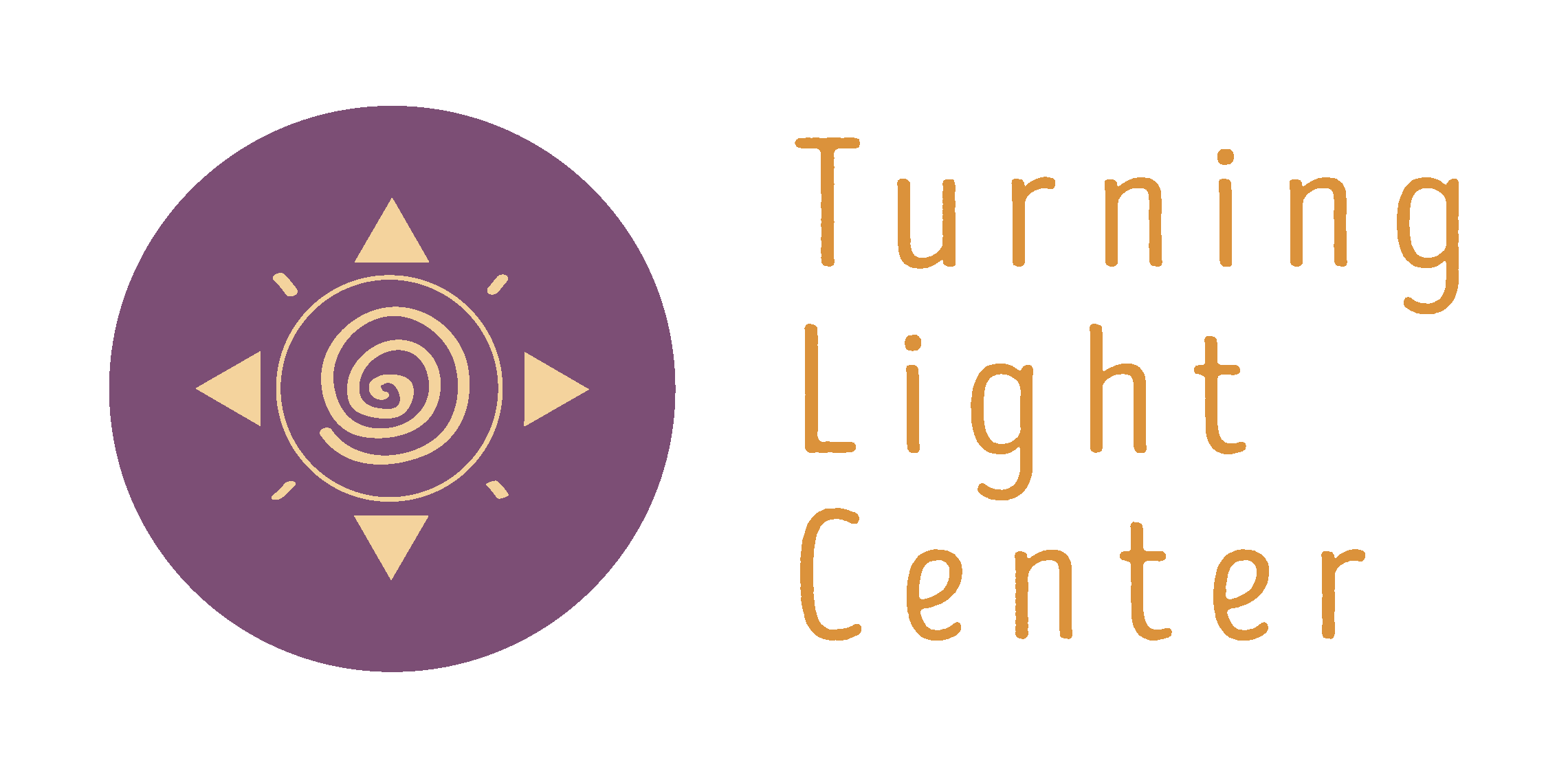Making Mindfulness Count
Almost everyone has heard of mindfulness. What is this? “actively attentive, without judgment” is the simplest definition. But to what are we paying attention? Does it matter?
Turns out where we place our attention matters a great deal if we are looking to mindfulness to help us slow down monkey-mind, deal with difficult emotions, address the effects of stress, anxiety, or depression, improve emotional resiliency, lose weight, and more. (Norm Farb, et al, 2010. Neuro-scientist at University of Toronto, + meta study of 22 other large studies)
We can’t think ourselves to peace and well-being
We can’t control our mind with our mind (or our pre-frontal cortex with the pre-frontal cortex). Inward-directed mindfulness uses a different part of the brain, and helps us turn down “Default Mode Network” (i.e.: self-referential, dwelling in past, concerned about the future, comparing the present to what you would prefer it to be) and reduces depression & anxiety. (Norm Farb, et al, 2010.) This is one way to think of what the yogis call Pratyahara – withdrawal of the senses from the outside world, turning to a scan of our internal landscape.
My favorite new word
Today science calls this interoception: moment to moment attention to fluctuating body experience, without preconceptions or judgment.Some key observations about interoception:
Experience quite literally changes from moment to moment.
Through interoception, the wilderness and unpredictability of the body can come to feel like home, instead of frightening.
We can learn to become accustomed to the transient nature of experience and awareness.
Interoception is limited in people suffering from anxiety, depression, chronic pain, and PTSD, for example.
There is an inherent unpredictability to experience – we cannot control it. This is unsettling even to downright terrifying to most of us. Hence we generally have an experience, and then shift out of direct experience and into narrative. We, literally, tell storiesabout an experience: in our mind, we evaluate the experience, relate it to past experience, predict future experience, try to fix it, rationalize it, etc. all in an unconscious attempt to maintain a sense of control. This is one way we guarantee we get more of the same.
Getting more out of life
Moving from narrative to pure attention allows us to have more direct experience of life as we live it. We get to become a vessel for whatever arises – we learn that everything is transient (the average emotion lasts 1.2 minutes – unless we “talk” about it to ourselves). So a benefit of staying with the fluctuating present experience is that we build up emotional resilience to the wilderness of our internal (and external) landscape. We learn we can handle the unpredictable. We learn we can handle life as it comes to us!
Less is more
Research into neuroplasticity tells us that small regular steps are more effective at rewiring us than go-for-broke big pushes: once again the tortoise wins over the hare.Daily practice – even 15 min of inward-directed mindfulness or even several mini-interoception practices (3-5 min) daily can make a big difference.
Try this PureEase Yoga Experiment (10 min total)
Part 1: Quickly assess your starting point: (1 min)
your physical energy level
speed of your mind
nervous system wiring (calm, anxious, happy, distracted, wired, etc.)
the pace of your breath
your connection to your center
Part 2: DO THE PRACTICESit comfortably in a chair, or lie down.For the next 6-8 min take a slow guided inventory of your body, breath, and internal experience: slowly scan from head to toe, noticing sensations as they arise, and then move to the next sensation. Notice your breath, your heartbeat, the quality of your tissues, your energy, emotions, etc. as you go. Don’t analyze or try to fix or “talk about” anything you notice. Just keep directing your awareness inward to experience.Part 3: Feel the difference – quickly reassess: (1 min)
your physical energy level
speed of your mind
nervous system wiring
the pace of your breath
your connection to your center
Have fun with this and let me know what you discover!
